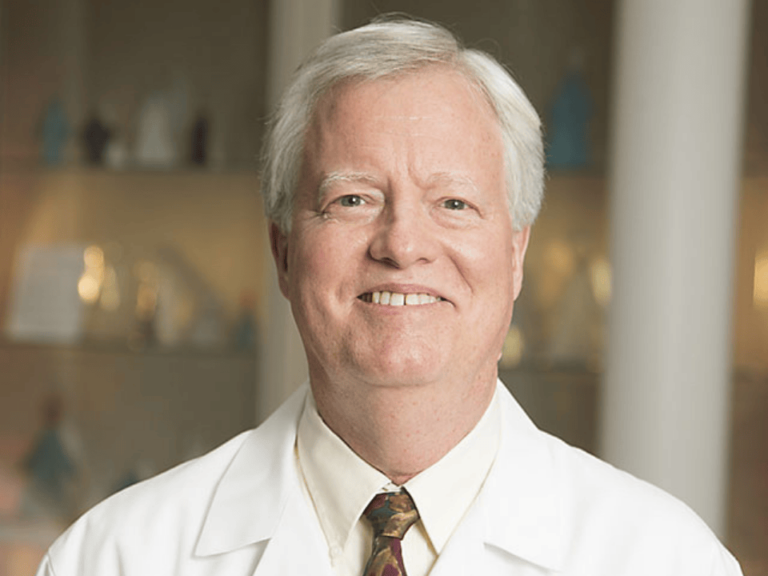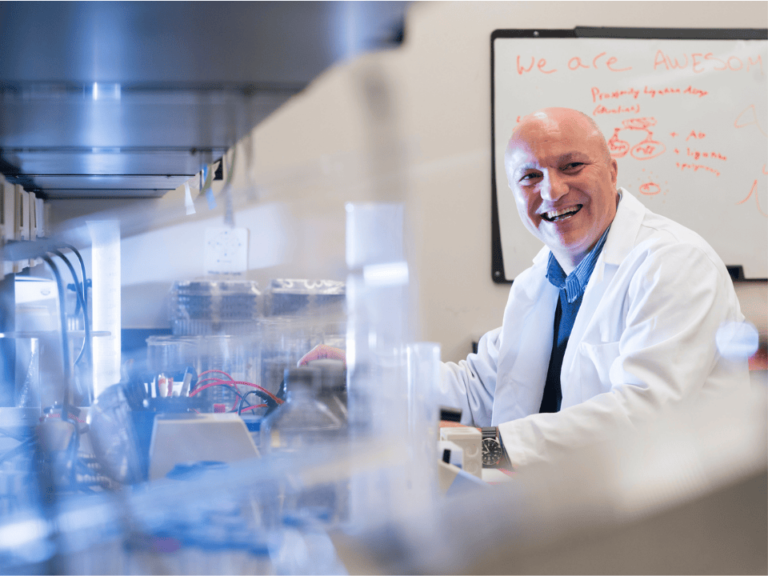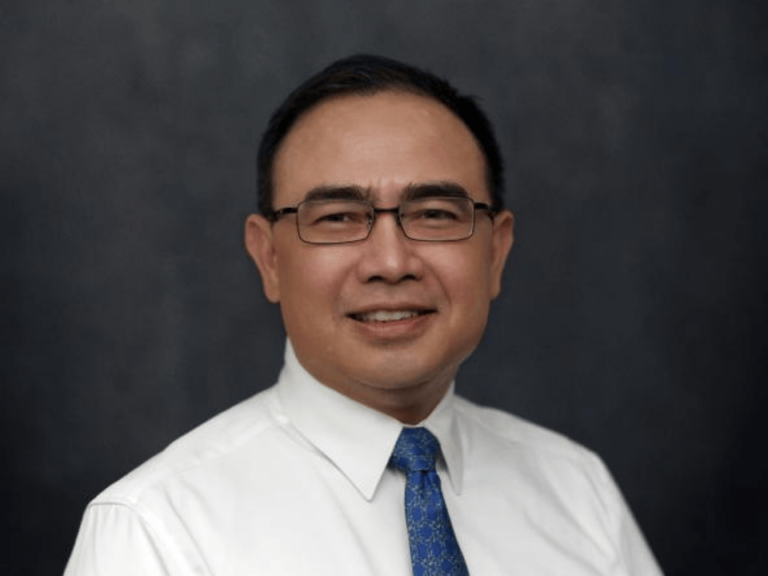In 2017, The Cancer Letter’s readership grew by over 40 percent and the number of page views has nearly doubled from the 2016 level.
On an average day in 2017, our website got over 1,700 visits and over 12,500 page views. By way of comparison, in 2016, we gauged 1,200 visits and 6,800 page views. We are losing the right to call ourselves a small publication.
Why this surge in readership? Every week, our illustrator, Katherine Goldberg, offers a smart, irreverent take on events in oncology. A snazzy redesign of the PDF version of The Cancer Letter, by Jacqueline Ong, is likely the reason the downloads have skyrocketed this year. Bigger improvements are yet to come. By this time next year, we will have launched a much-improved website.
On Jan. 1, The Cancer Letter will enter its 44th year of covering cancer. This has been my full-time job for 25 years.
For several years now, The Cancer Letter has been writing about breaking down silos. We will ring in 2018 by smashing the walls of our own silos.
Every week, The Cancer Letter will now include a section titled The Clinical Cancer Letter. The world looked very different 41 years ago, when The Clinical Cancer Letter—a monthly—was launched. The National Cancer Act of 1971 was getting implemented, and an argument could be made that, at the time, policy news differed from clinical news.
The Cancer Letter was calibrated for academics; The Clinical Cancer Letter for community physicians. It’s no longer useful—or, for that matter, feasible—to delineate policy news from the clinical. Oncology has become one big story, a machine of many moving parts.
In 2017, we have covered dramatic changes in the White House, Congress, FDA and NCI. At The Cancer Letter, our goal is to understand and present the whole system—all of it, on the macro and micro levels at once.
Consider what has been happening at the cancer centers.
We reported that over 12 months, top jobs changed at one in four premier academic cancer centers (The Cancer Letter, Oct. 20). Why such turnover? Is this generational change? At the same time, we covered change at Ohio State (Dec. 1) and MD Anderson (Nov. 3). We also covered a failed coup d’état at the Huntsman Cancer Institute in Utah (May 5).
With genome sequencing, precision oncology and immunotherapy, bioinformatics, and with a massive number of drugs on the market, community care is acquiring the characteristics of academic oncology, and academic oncology is growing more efficient.
Arguably, the emergence and expansion of care networks, which serve both the financial and academic needs of cancer institutions is one of the biggest stories today. We get to write about this change often, but in recent weeks we examined these trends in a three-part series focused on the Inova Schar Cancer Institute (Dec. 8, Nov. 17, Nov. 10).
Here are some themes that we followed this year—and will follow in 2018:
- Emergence of immunotherapy as one of the pillars of cancer care. Clearly, immunotherapy changes everything. How are the drug approval standards changing? Will institutions have to change as well? (Oct. 20, Oct. 13, July 14)
- Big Data is playing an expanding role in oncology. We know who the key players are, and we will be there to tell you how the game plays out. Specifically, we are watching the evolving roles of NCI, industry, cancer centers, professional societies, and advocacy groups (Aug. 4, March 31, Jan. 13).
- Real-world evidence is changing everything as well. We got deep into it this year—and there is more to come (June 9, June 2).
There is more: drug pricing, self-reported outcomes, evolution of FDA drug approval criteria, the Moonshot, and efforts to sustain federal funding for cancer research. We will be there, providing thorough coverage, creating record.
Independence, vision, news judgment, and narrative journalism are more important today than ever before.












